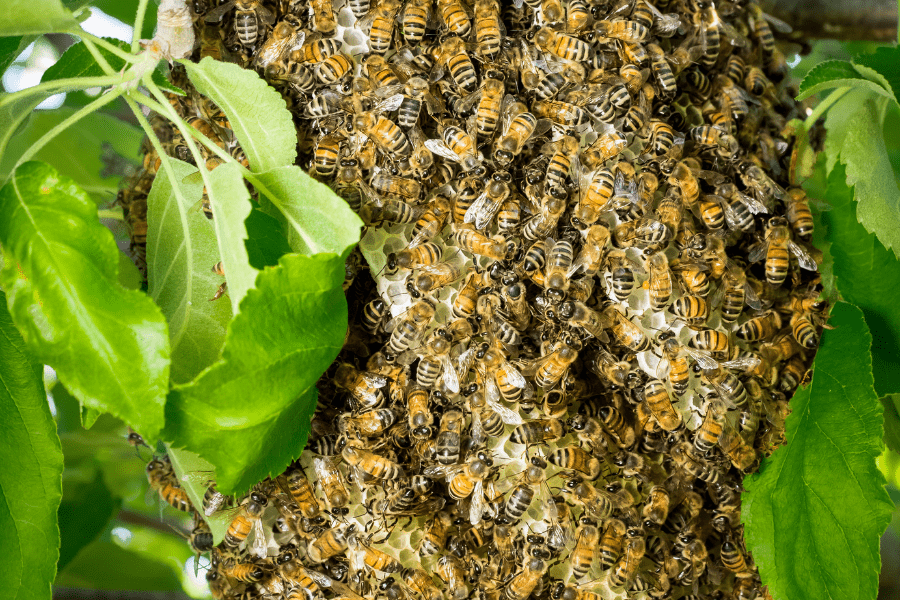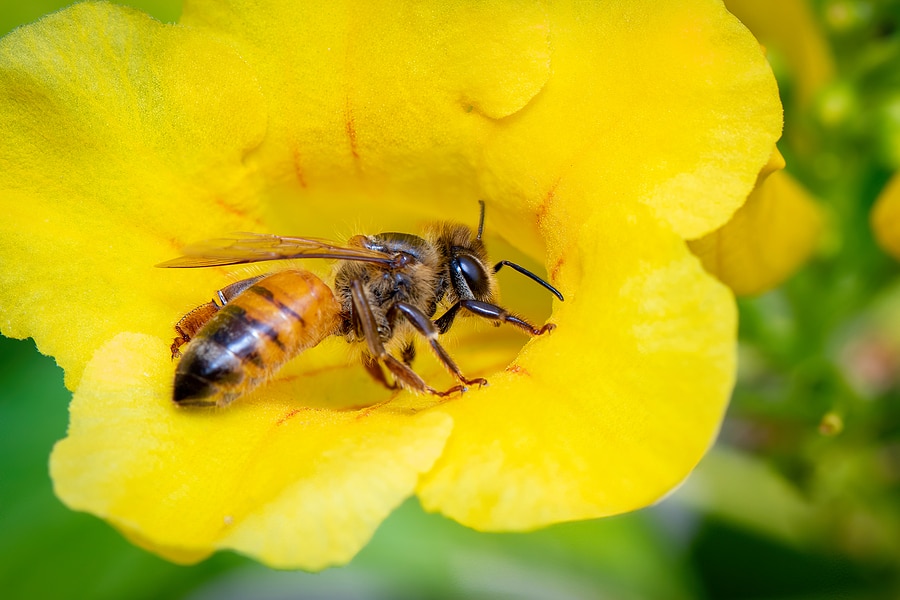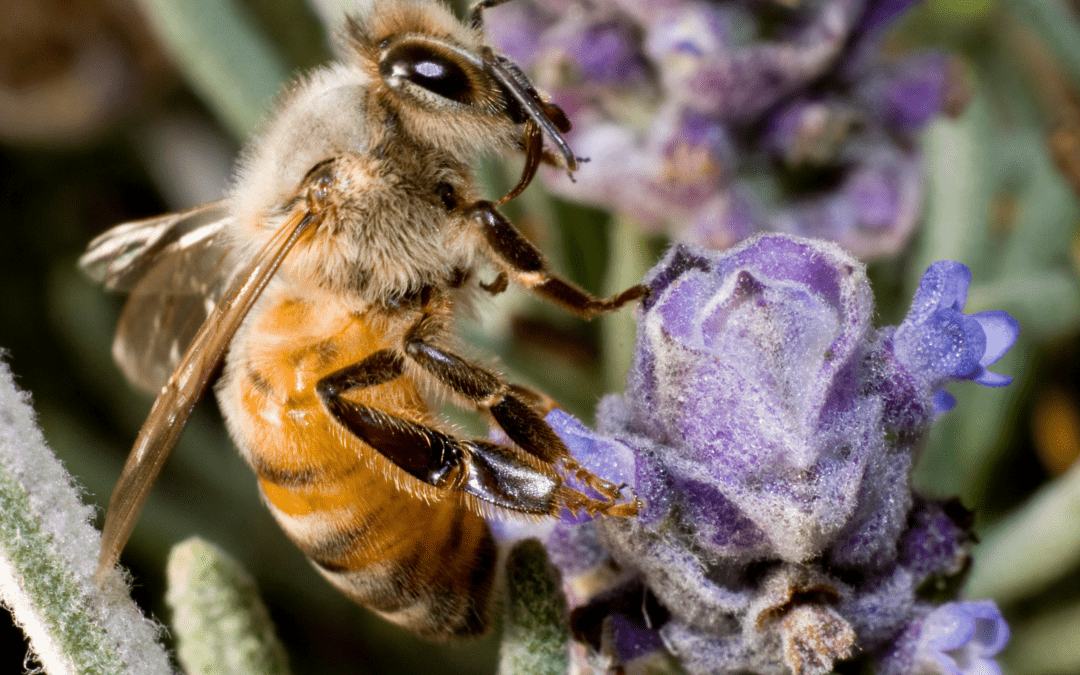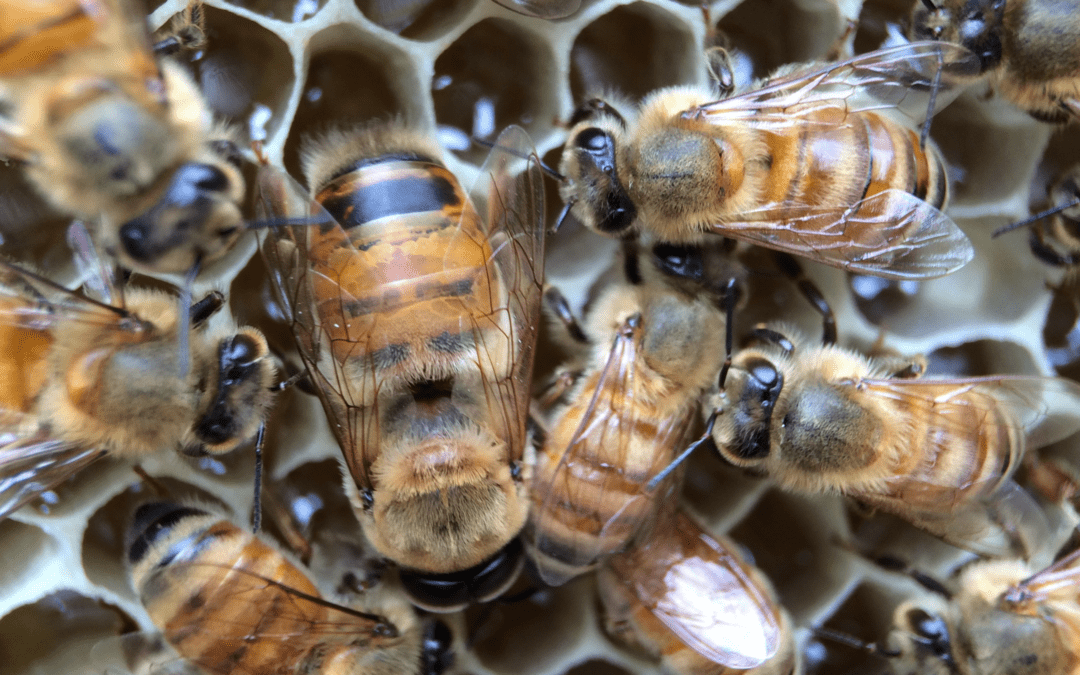READY TO GET STARTED?
REQUEST A FREE ESTIMATE
Fill out the form below or call (888) 466-7849 for a free, no-obligation estimate.

Colony Collapse Disorder (CCD) is a phenomenon that occurs when the majority of working bees in a colony disappear and leave behind the queen, and the rest of the colony. Hives cannot sustain without worker bees and the colony would eventually die. Fortunately, what was once thought to be a major long-term threat to bees, CCD has been reported to have dropped over the last few years.
Some of the best tell-tale signs of CCD are discovering a few dead bees around and near the colony and a lower population of a colony. Another is discovering the queen and young bees remaining with an abundance of honey and pollen reserves. Colony Collapse Disorder isn’t the only reason for a declining colony; here are some other reasons as to why a hive has died:
The honeybee community understands how detrimental it is to discover a colony collapse no matter what the reasoning is. As a homeowner, there are some ways for you to get involved with helping the bees:
If you discover a beehive on or around your property, be sure to reach out to your local certified honeybee removal company to ensure the safety of the hive and colony.

Honeybees have a significant role within our environment, the food we eat, the flowers we plant, and so much more. They are extremely hardworking and support so much of the sustenance of life. There are many reasons why honeybees and their honey are so important to humans; find out why below!
To look for pollen, honeybees will travel long distances. Through these trips, fertilization takes place between food crops. They do this by using the hairs on their bodies to carry large grains of pollen between plants, helping crops produce better. In the US alone, honeybees are known to pollinate more than 100 crops! Because of their pollination, we can enjoy foods like cucumbers, cherries, apples, limes, and lemons. These insects also pollinate our wild plants, helping provide food to a wide variety of insects, birds, and animals, and overall, playing a major component in our biodiversity.
Honeybees carry nectar extracted from plants and taken back to their hive. They create honey by mixing this nectar with their saliva in a cell within their hive. Honey is known to provide immense benefits to humans and our health. It’s been found that honey can prevent cancer, heart disease, and diabetes, heal wounds, and fight bacteria! There are also several products made from honey that can support us overall. The most common products we often see come from honey, including bee pollen for health benefits and bee wax for skin care products, candles, and even furniture polish!
The importance of honeybees is significant to our environment and overall well-being. At Northwest, we are proud to offer our honeybee relocation and protection services to continue keeping honeybees active and alive! Our Certified Honeybee Keepers are trained to safely remove, relocate, and care for the honeybees that have found their home in yours! If you’re interested in Northwest’s Honeybee Relocation & Protection Service, call our team today for a free inspection!

When you’re planning and planting your garden this year, every homeowner should consider adding some plants that attract honeybees to your yard. Allowing honeybees to enter your yard can help assist them with the very important job they have – pollinating. Honeybees alone can pollinate up to 80 percent of all flowering plants, including fruits and vegetables. It’s vital to give them the space they need to complete this task.
Honeybees have incredible ultraviolet vision. They are unable to see the color red but can see colors that are on the ultraviolet spectrum. They can also use odor cues to locate flowers nearby. Many flowers attract bees, including bee balm, echinacea, snapdragon, hostas, and evening primrose. Continue reading to discover which flowers you should plant in your garden next.
These are just a few of the flowers that attract honeybees to your garden to help elevate pollinating. Making sure honeybees have a place to work is important for all humans and the environment. Even planting just one of these plants in your yard is enough to assist the bees.
If you notice a bee colony is nearby and needs to be moved to a safer location, then reach out to your local pest control company that can provide a safe bee relocation.

At Northwest, we know how important all bees are and we understand just how fragile their ecosystem truly is. Our Honeybee Relocation Program is designed to protect these important pollinators, while also protecting you and your family.
If you see an increase in bee activity near your home, contacting a local relocation service is the first step in protection. What happens during these relocations, though? Many important steps occur during the honeybee relocation process to ensure the safety of all bees. Keep reading to discover how this process works.
Inspecting & Locating
The very first step after contacting a bee relocation service is the inspection of the hive location. Our honeybee experts complete a home inspection to help identify the type of bee and determine how the hive is holding up. This inspection helps the team determine the best plan of action for the safest removal possible.
Honeybee Removal
After determining where the hive is located, the removal process begins. The team carefully removes the honeybees from their hive. After the bees have been removed, the team will then remove the hive. Depending on where the hive is located, our team decides which method is needed in the hive removal process.
Honeybee Relocation
The relocation process is the next step, and some say it’s the most important step in the whole process. Honeybees benefit from being relocated in many ways, including preventing further infestations, and it helps preserve plant reproduction. The bees that we help are relocated to a local beekeeper’s farm to continue pollination and honey production. Relocation is a way for their local honey to be enjoyed by the community, helping aid humans against seasonal allergies.
If you believe you have a honeybee hive on your property and it’s closer than you would like it to be, then reach out to your local bee relocation company and they will be able to assist you in the relocation of these beneficial insects.